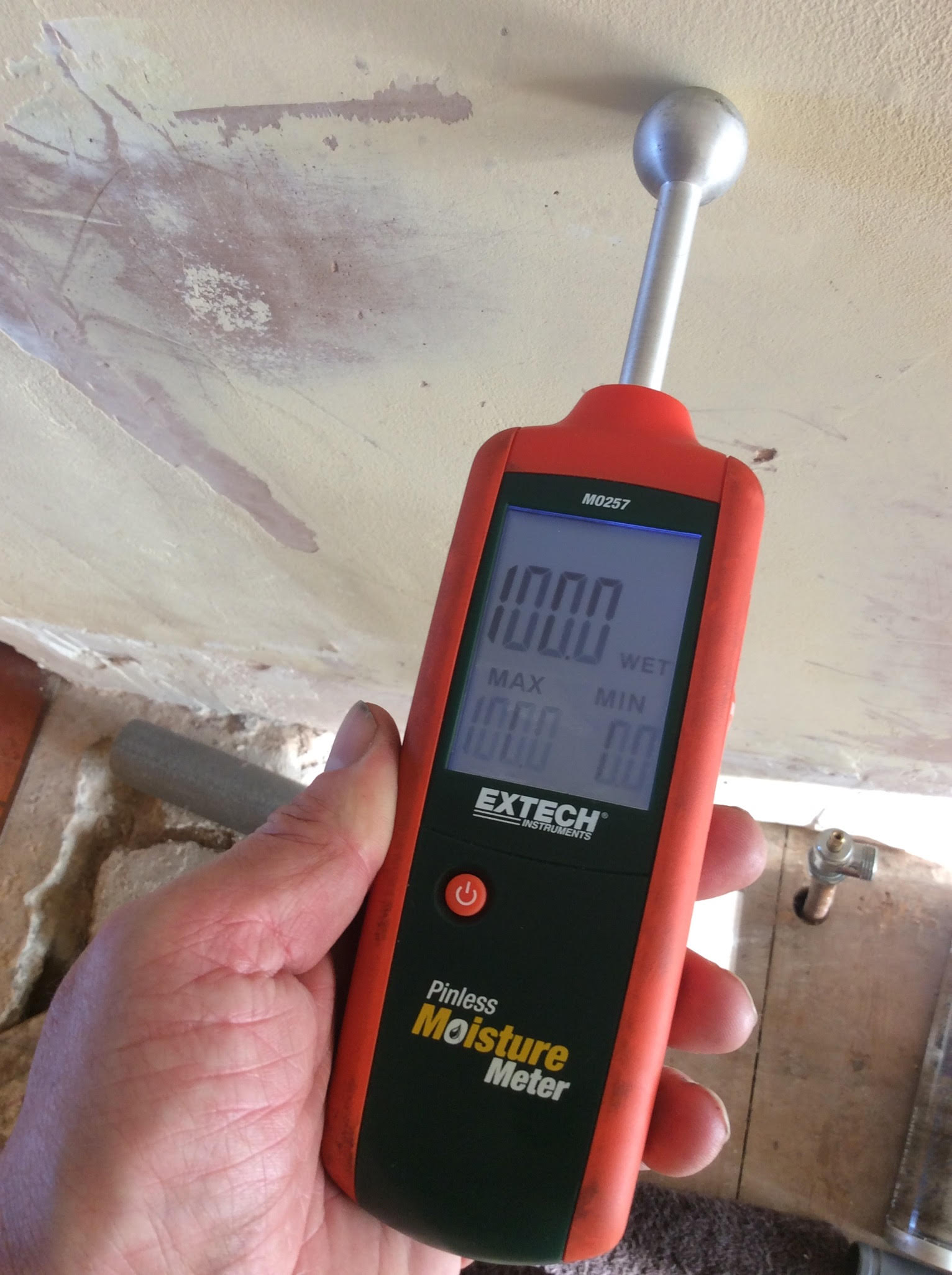Advanced Water Leak Detection Solutions for Your Home and Company
Advanced Water Leak Detection Solutions for Your Home and Company
Blog Article
Innovative Solutions for Early Discovery of Water Leakages in Structures and Facilities
From advanced leakage discovery modern technologies to the release of IoT sensing units for real-time surveillance, the landscape of leak prevention is evolving quickly. Automated water circulation analysis systems are reshaping just how leaks are determined and resolved, paving the way for a positive strategy to water leakage detection.
Advanced Leakage Detection Technologies
Advanced leak detection technologies, furnished with cutting-edge sensing units and formulas, play a critical function in quickly recognizing and identifying water leakages in different setups. These innovations employ a mix of acoustic, thermal, and electro-magnetic noticing approaches to spot leakages precisely. Acoustic sensing units discover the noise of running away water, permitting for accurate localization of the leak resource. Thermal imaging discovers temperature level changes triggered by water leak, supplying an additional reliable technique for leak identification. Electromagnetic sensing units can identify changes in electromagnetic fields triggered by water, supplying yet one more layer of leakage discovery capacity.

IoT Sensors for Real-Time Monitoring
In the world of modern water leak detection, the integration of IoT sensing units for real-time surveillance represents a crucial advancement in improving aggressive leakage discovery capabilities. These sensing units use continual monitoring of water systems, giving real-time data on water circulation rates, pressure variations, and temperature level changes. By leveraging IoT modern technology, these sensors can identify also the smallest anomalies in water usage patterns, enabling early identification of possible leaks prior to they intensify right into significant problems.
IoT sensors send data to a central platform, where sophisticated algorithms evaluate the information and generate alerts or alerts when irregularities are spotted. This real-time monitoring capability allows residential or commercial property owners or facility managers to immediately resolve leakages, decreasing water damages, lowering repair service costs, and conserving water resources.
Furthermore, IoT sensors can be integrated with building monitoring systems, permitting automated actions to discovered leakages, such as shutting down water valves or turning on pumps to minimize the effect of leaks. On the whole, the implementation of IoT sensors for real-time imp source tracking substantially enhances the performance and effectiveness of water leak discovery in structures and facilities.
Artificial Intelligence Algorithms for Leak Prediction

One secret advantage of making use of equipment knowing for leak prediction is its capability to continually find out and enhance its accuracy gradually. As even more information is gathered and fed into the algorithm, it can fine-tune its predictions and adjust to altering conditions, important source inevitably enhancing the dependability of leakage detection systems.
Additionally, equipment understanding algorithms can assist in recognizing subtle indications of leakages that might go undetected by traditional tracking approaches. water leak detection. By assessing intricate information collections in real-time, these formulas can give very early cautions and alerts, permitting timely intervention and preventive maintenance to reduce prospective water damages and linked costs
Using Thermal Imaging for Leakage Detection
Thermal imaging modern technology offers an encouraging method for identifying water leaks in different systems and infrastructures. By making use of infrared radiation and temperature level variations, thermal imaging cams can determine covert leaks that are not easily visible to the naked eye.
One of the crucial advantages of thermal imaging for leakage discovery is its non-intrusive nature. In general, the usage of thermal imaging innovation enhances the performance and accuracy of water find leak discovery, making it a valuable tool for preserving the integrity of structures and frameworks.
Automated Water Flow Analysis Equipments
Exactly how can automatic water circulation evaluation systems reinvent the discovery and management of leaks in various systems and facilities? Automated water flow evaluation systems use a proactive method to leak detection by continually keeping an eye on water flow prices and patterns. By establishing baseline data, these systems can promptly recognize variances that might show a leak, allowing timely intervention to stop comprehensive damages.
These systems make use of innovative formulas to examine real-time data and provide prompt alerts when abnormalities are detected, enabling speedy action to be taken. Furthermore, automated water flow evaluation systems can be incorporated with building management systems or IoT systems, boosting overall performance and allowing remote monitoring capabilities.
Furthermore, the information collected by these systems can be utilized for anticipating maintenance functions, assisting to recognize potential powerlessness in the infrastructure prior to leaks take place. Generally, the implementation of computerized water flow evaluation systems can considerably improve leak discovery and administration techniques, ultimately causing set you back savings, minimized water wastage, and increased sustainability in structures and infrastructure.

Conclusion
To conclude, the integration of innovative leak discovery modern technologies, IoT sensors, device knowing formulas, thermal imaging, and automated water circulation analysis systems uses cutting-edge services for early detection of water leakages in structures and framework. These technologies enable real-time tracking, forecast of leaks, and efficient discovery methods to avoid water damage and waste. Executing these options can assist in maintaining the integrity and sustainability of water systems in numerous settings.
Report this page